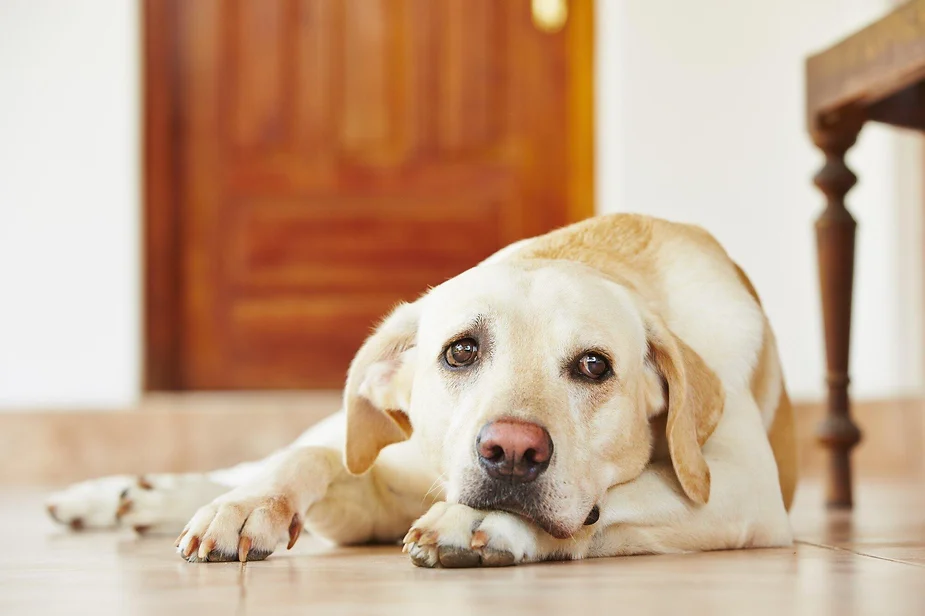A recent poll revealed how much Canadian workers miss their dogs while they’re away from them. 68% of respondents said they would bring their pets with them. 21% would take a pay cut, 27% would reduce their hours, and 26% would even change jobs.
They also said that only 44% of Canadian workspaces are dog-friendly. That creates a stressful situation, and not all furry friends can cope.
Read on to learn everything you need to know about dog separation anxiety.
Causes
There’s no single cause for dog separation anxiety. It most often comes after a major change in their life.
Any shifts to their regular environment can be stressful. This could mean a new guardian, family, schedule, or home.
Symptoms
Dog separation anxiety includes symptoms such as:
-
Urinating or defecating
-
Barking or howling
-
Chewing, digging, and other destructive behaviours
-
Circling or pacing
-
Escaping from fenced-in or confined areas
-
Vomiting
-
Excessive salivation
-
Excessive paw licking or tail biting
-
Refusing to eat when you’re away
Other issues or medical conditions can have similar symptoms to separation anxiety, so it’s important to find the true cause.
Other Issues to Rule Out
Install a camera to watch your dog while you’re away to gather information.
Check for behavioural issues such as a male dog scent marking or a puppy chewing the furniture.
Look for boredom from a lack of stimulation while you’re away. These usually show up without signs of anxiety.
Go to an animal hospital and rule out any medical issues. Accidents could hint at problems that cause incontinence such as:
-
Urinary tract infections
-
Hormone problems after being spayed
-
Bladder stones
-
Diabetes
-
Kidney disease
-
Cushing’s disease
-
Neurological problems
Medications could also be the culprit, but ruling out everything helps you find the best treatment.
Treatment
Dogs are smart enough to recognize the cues that their owners are leaving, such as shoes or car keys. Bring them out a few times without leaving to remove the negative association.
Dog anxiety is a buildup of energy, so a full play session or walk at least 30 minutes before you leave helps release it. Give them a special toy to hold onto while you leave, preferably a puzzle toy to keep their mind engaged.
Feeding them one of their favourite treats can also help. It helps them associate your leaving with a positive experience instead of a stressful one.
Minimize disturbances from outside. Place them in a quiet room or put on music if it helps calm them. Put them in a crate if they feel comfortable there.
Go to a veterinary clinic or see a veterinary behaviourist if these treatments don’t work. They can help you get down to the root of the behaviour and correct it.
Where to Go to Treat Dog Separation Anxiety
Dog separation anxiety is common in a world where we’re forced to leave our furry friends behind for work. The key is to identify it and take steps to make them feel better about you leaving.
Glenridge Animal Hospital in St. Catharines has a committed staff. We offer a full range of veterinary care to young and old cats, birds, reptiles, amphibians, and small animals. Schedule an appointment today.



